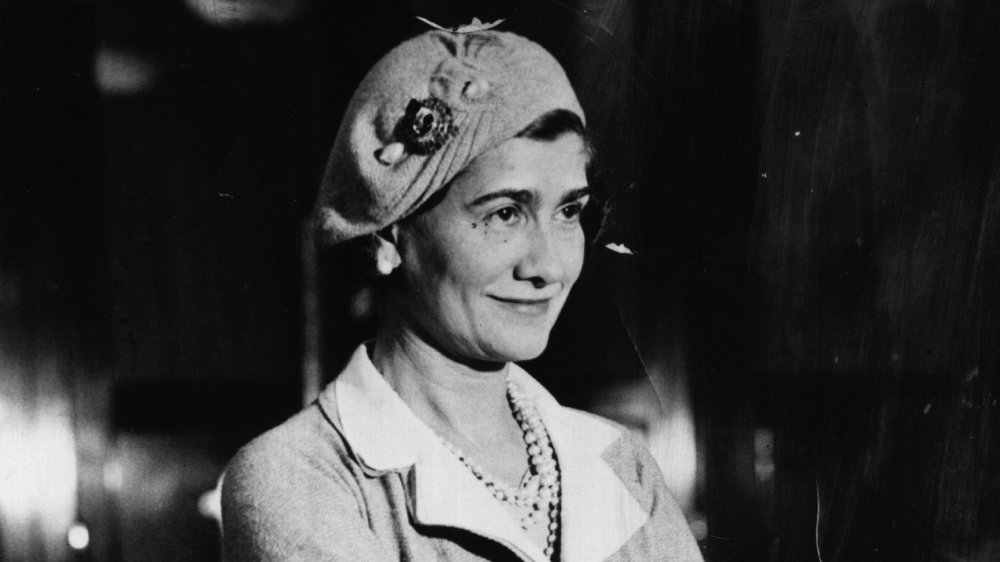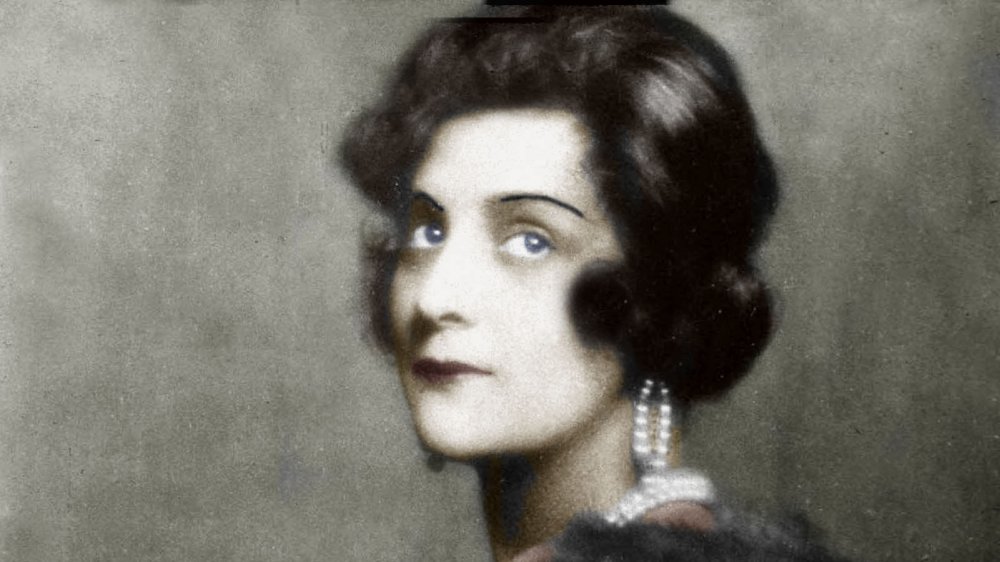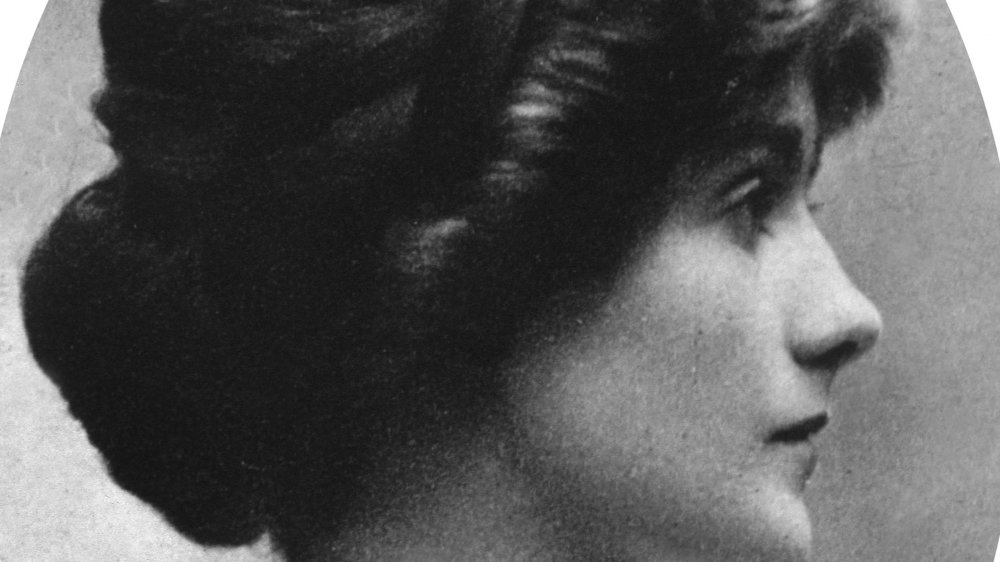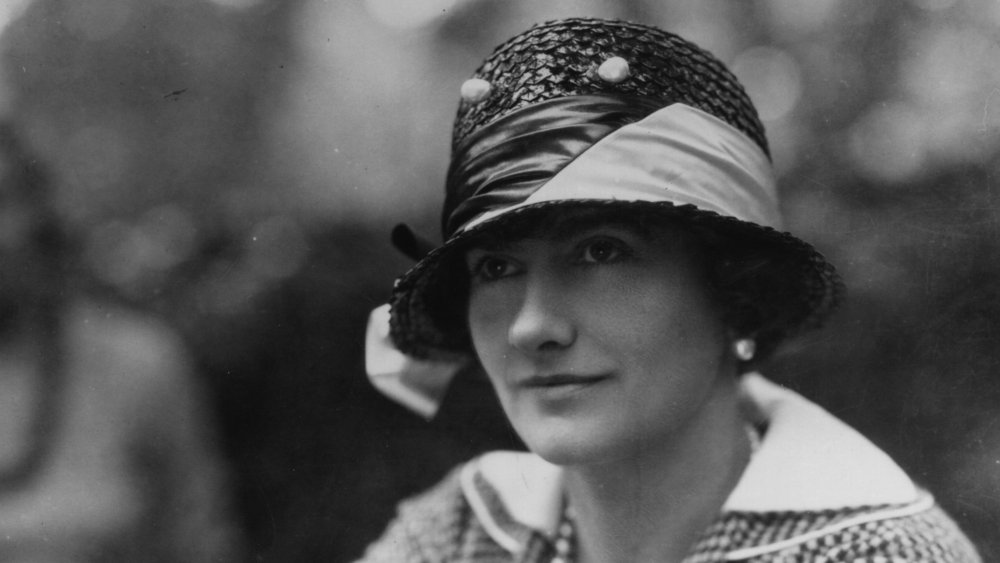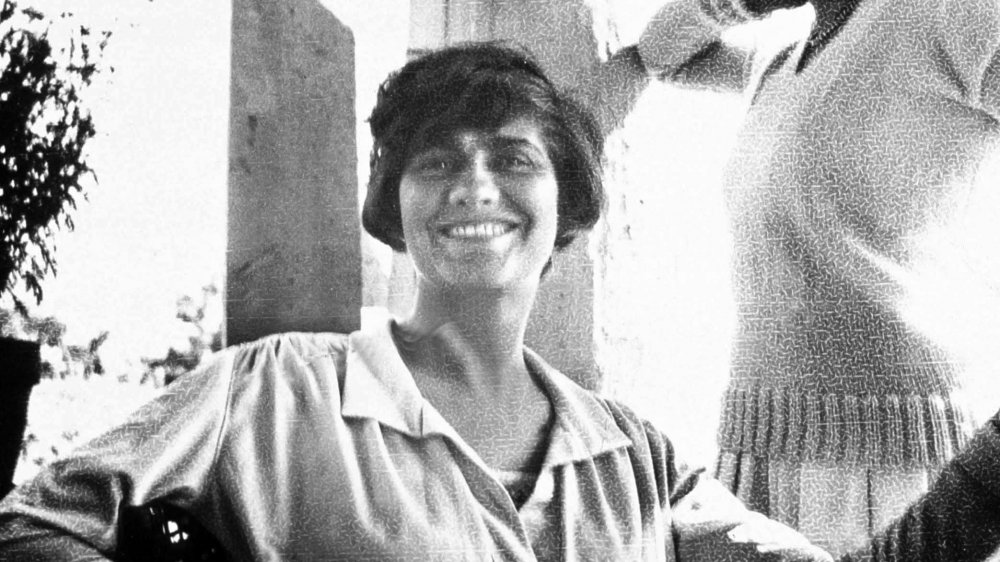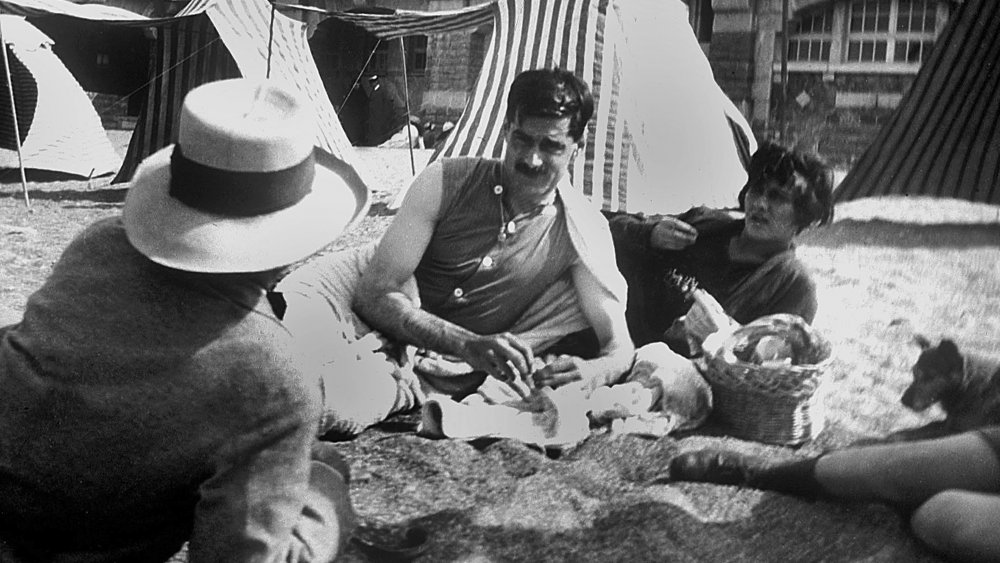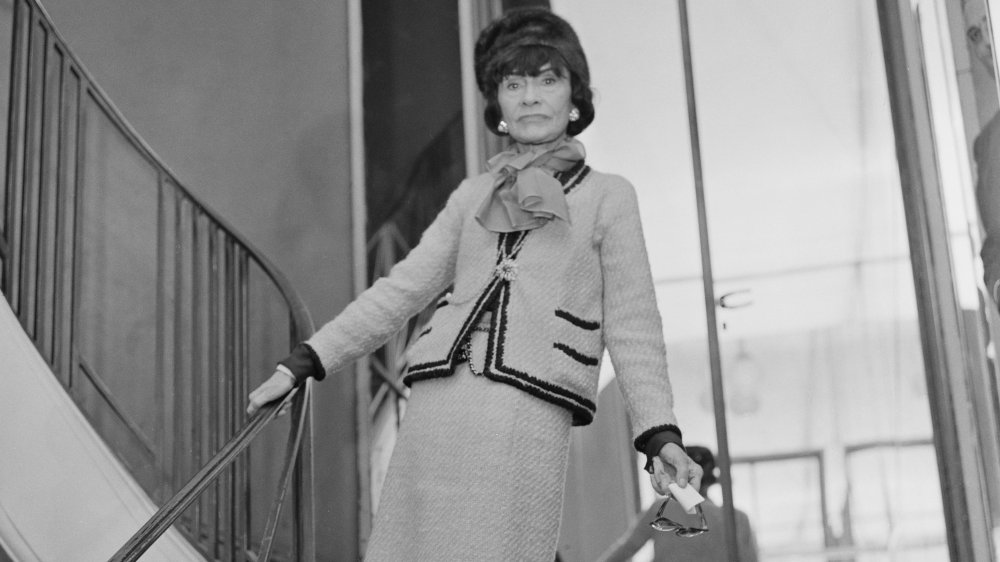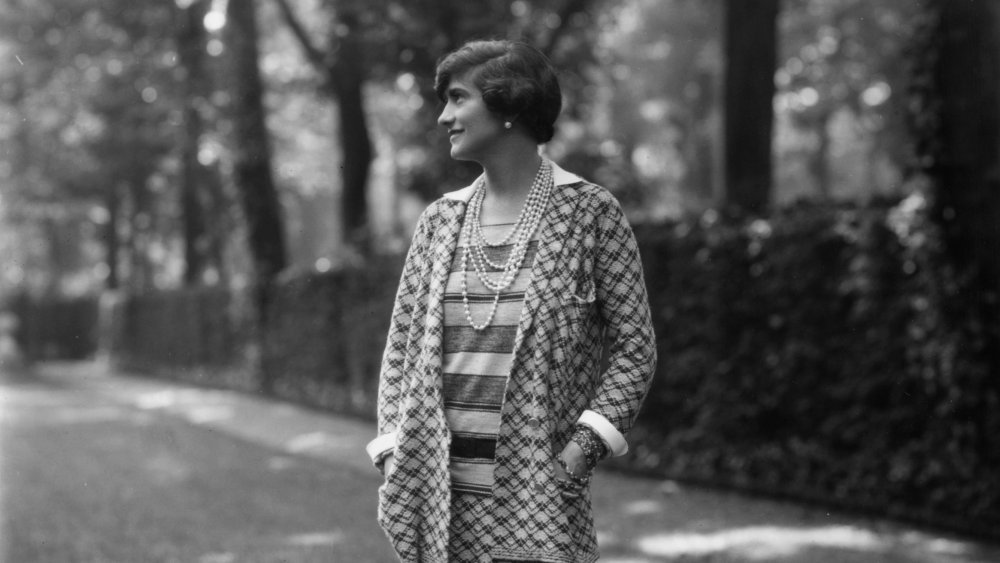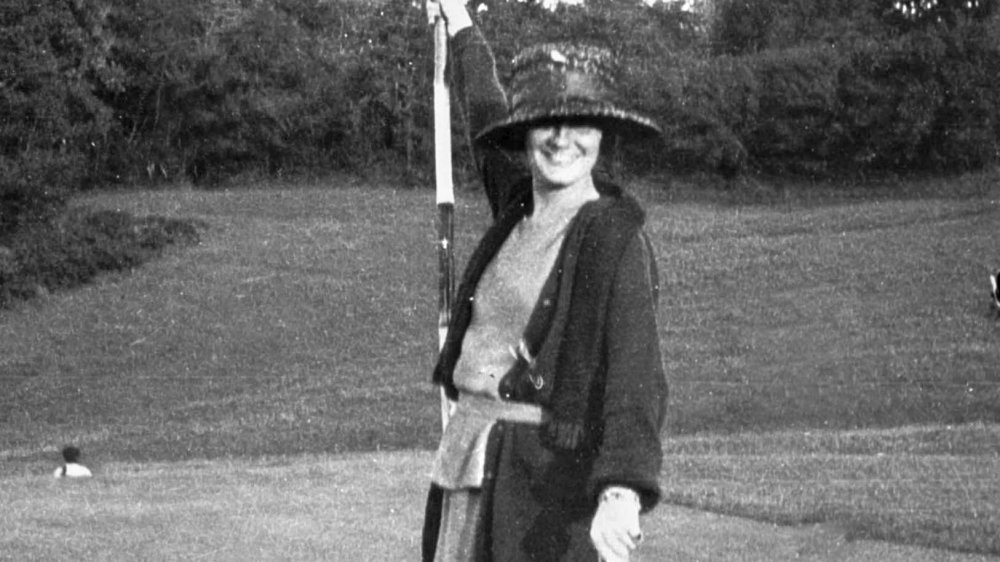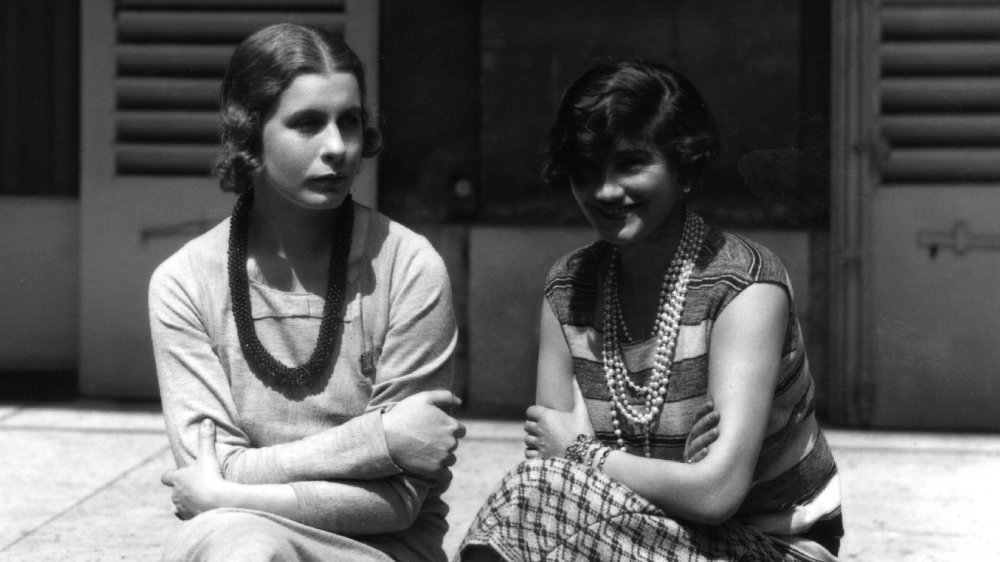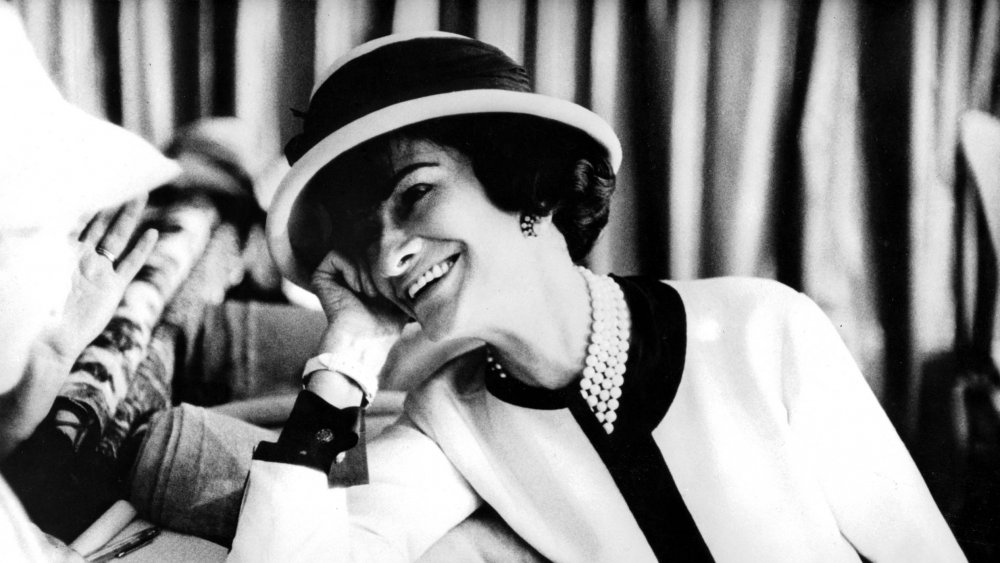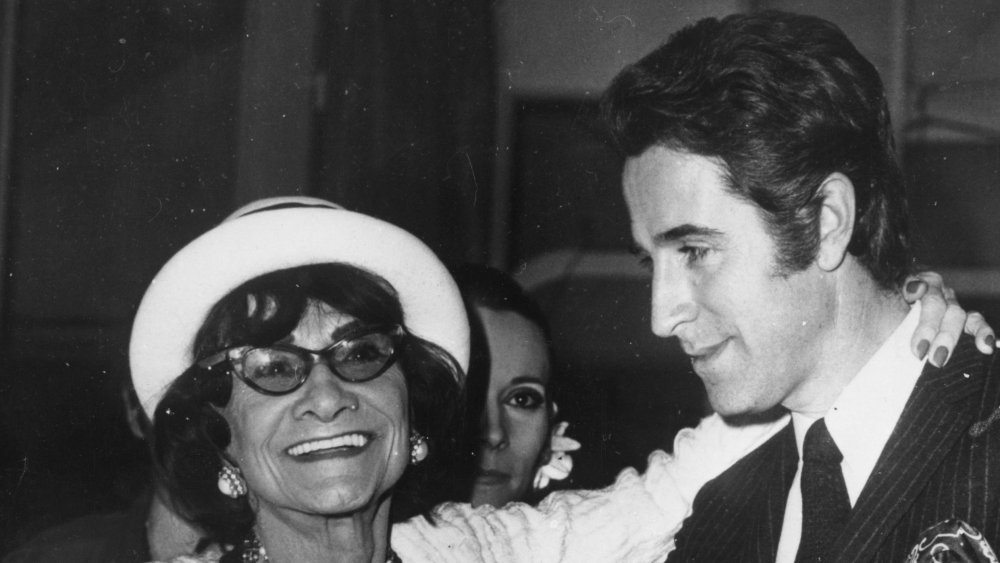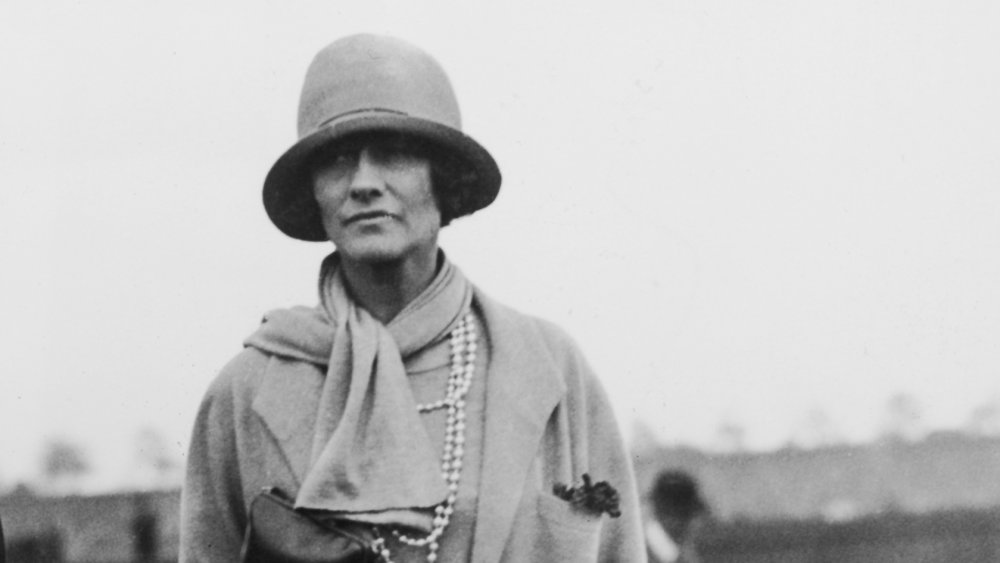The Troubling Truth About Coco Chanel
Gabrielle Chanel, popularly known as Coco Chanel, was a prominent fashion designer in the 20th century, known for her exemplary work. Originally from France, her contribution to fashion is celebrated everywhere to this day. Chanel No. 5, her iconic perfume, is still loved all around the world and is a crowd favorite. Coco had a modest upbringing and fought against all odds to reach the top, setting an example in the fashion industry with her original thinking and signature style. Several decades after her death, her work continues to receive immense appreciation globally. She experimented with many styles during her career, reinventing clothing, accessories, perfume, bags, and more.
However, while Coco Chanel achieved major success, fame, and adulation during her lifetime, she had a dark side that is not as well-known among her fans and perhaps the fashion world in general. For instance, she was very active during World War II and openly supported the Nazis as she pursued a romantic alliance with a Nazi officer and even allegedly acted as a spy in Europe, an act for which she was never convicted. She was also an unapologetic homophobe. While her empire and talent were indisputably immense, she spent most of her life safeguarding her many secrets. Here's a glimpse into the troubling truth about Coco Chanel.
Coco Chanel came from humble beginnings
Coco Chanel's childhood was tragic. She was born in 1883 and had a modest upbringing. According to The Telegraph, her birthplace was a poorhouse in Saumur, located in western France. Her parents were not legally married at the time of her birth. Her mother, Eugénie, gave birth to Coco at a charity hospital when she was 20 years old. Her father, Albert, was not present to see his daughter for the first time.
Coco's early years were harsh as the family struggled to get by on limited means. On account of poor living conditions and working hard throughout her life without respite, Coco's mother found herself fighting bronchitis and asthma before passing away in 1894. After her mother's passing, Coco and her sisters were sent away to live in an orphanage called Aubazine that was managed by nuns. Her brothers, meanwhile, were taken in by another family. Coco stayed at the orphanage for several years, only leaving once she turned 18.
Coco Chanel often hid the details of her early life after becoming famous
After becoming a well-known fashion designer, Coco Chanel was evasive about her family in interviews. She even made up stories and often misled reporters about her childhood. Per Time Magazine, Coco never called her sanctuary an "orphanage" and said she was raised by her aunts. "My aunts were good people, but absolutely without tenderness," she said. "I was not loved in their house."
She also told her peers at the orphanage that her dad was away, seeking fortune in the U.S., and would come back for her when he could. She never met her dad after he left her at the orphanage, but she never mentioned that to those around her. As an adult, Coco also claimed that her family had a big house and that when her mom was unwell, she stayed in a different room. The family actually had such privacy — they spent their nights and days next to each other in a single room. However, Coco was secretive about her tough start and stayed that way throughout her life.
Coco Chanel's love for sewing began when she was young
In the orphanage, the girls had a fixed schedule that revolved around lessons, sewing sessions, and prayer most days of the week. According to Time, they would perfect their skills by sewing simple things such as linens. While Coco didn't like her regimented schedule, she was fascinated by the art of sewing and observing patterns and designs.
As a little girl, she'd also gotten her hands on books such as Two Little Vagrants, tales of those who broke free from the shackles of poverty and found wealth. "Those novels taught me about life," she said. "They nourished my sensibility and my pride."
The stories were fuel for her imagination, and inspired by the writing, she once asked a seamstress to design a dress for her that resembled one described in a book. "It had a high neck with flying ribbons and matching slip, purple and underneath a ruffle," she said later. "I was perhaps fifteen or sixteen." When she finally wore the dress with ruffles to go to church, her "aunts" were taken aback and made her change into something more appropriate and modest.
Coco Chanel was also a performer
As a young girl, Coco Chanel didn't know she was destined to enter the world of fashion, and she harbored dreams of being a singer. Per The Telegraph, at 18, she left the orphanage and started working full-time as a seamstress at a draper's shop. The gig was arranged by the nuns at Aubazine, who took it upon themselves to help Coco. She spent her weekends stitching for a tailor, too, working on breeches for army men.
At this point, Coco also started attending concerts nearby at a park. She was intrigued and started singing at these events, eventually earning herself a slot. She sang two songs, "Ko Ko Ri Ko" and "Qui qu'a vu Coco?" and became popular among the local crowds, who started referring to her as "Coco," the name of the dog in "Qui qu'a vu Coco?" Funnily enough, this name stuck.
The designer wasn't too fond of speaking about these years from her life, disassociating with them in conversations. In any case, Coco Chanel's singing career was short-lived, and she figured out that she wasn't really meant for a life on the stage.
Coco Chanel had a topsy-turvy personal life
While Coco Chanel had many male admirers and romantic relationships in her life, she never ended up getting married. Her personal life and torrid relationships did attract a lot of attention and got people talking, though.
As a young woman, according to The Independent, Coco was attractive and admired. She courted several men in her youth and was a rich man's mistress — an affair that helped her explore the world of the privileged. Her lover was named Etienne Balsan, and he spent his time breeding horses. After her relationship with Balsan, she dated Arthur "Boy" Capel (pictured above), a polo player from the U.K. Her association with Capel was both professional and personal and lasted until he passed away in 1919. It was Chapel who lent her money to help her set up shop in 1910. Perhaps one of Coco Chanel's most widely talked about romantic dalliances was with a German, Hans Günther von Dincklage, a Nazi supporter and intelligence officer.
Coco Chanel first designed hats before moving onto clothes
While many of Coco Chanel's contributions to the fashion industry, such as her signature perfume Chanel No. 5, are wildly popular, what may not be as well-known is the fact that her first foray into the world of fashion was designing hats for the public, per The Guardian.
According to a Telegraph piece, Coco's hats were elegant and free of fussy embellishments. While at first, she simply purchased boat hats from department stores and followed that up with a bit of tweaking with ribbons, she eventually found her way to original designs, reinventing chic styles. Coco herself was partial to simple hats and dressing like she always had, a definite nod to her youth. Her preferred manner of dress has even been compared to that of a schoolgirl. "Nothing makes a woman look older than obvious expensiveness, ornateness, complication," she once said.
Coco Chanel's choice to remain unapologetically raw earned her attention in the world of fashion. Prominent French fashion icon Paul Poiret commented on Coco's beginnings in the industry, saying, "We ought to have been on guard against that boyish head. It was going to give us every kind of shock, and produce, out of its little conjuror's hat, gowns and coiffures and jewels and boutiques."
Coco Chanel's style was innovative
Throughout her career, Coco Chanel ended up making such an impact on the fashion scene that others often tried to mimic her designs. She invented the classic little black dress, a trend that remains in vogue many years after she first made it popular. She advocated simplicity and elegance in fashion. "There is nothing so beautiful as emptiness," The Independent quotes her as saying. That said, as many accounts have proven, her life was far more complex than she ever revealed publicly.
Coco was revered by others, and she was responsible for occasionally kick-starting trends without even meaning to. For example, in the 1920s, she returned from a vacation with a tan, and everyone else followed suit, forgoing pale complexions for more tanned looks. She was also the first designer who didn't simply stick to experimenting with clothes and broadened her horizons, testing perfume and launching her scent.
Coco Chanel didn't find success in Hollywood
Not one to be limited by labels, Coco Chanel decided to venture into Hollywood after receiving offers in the 1930s. As related by Vanity Fair, Hollywood bigwig and film producer Samuel Goldwyn reckoned that someone like Coco could transform the way films looked and attract more crowds to the cinemas. He wanted Coco to add a touch of elegance to the movies and get his female audiences to sit up and take notice.
While Coco didn't take an active interest in the deal at first, she ultimately chose to accept it and work with Goldwyn a year later. She was vocal about being fiercely independent throughout and said that she would not make a single dress in Hollywood: "I have not brought my scissors with me. Later, perhaps when I go back to Paris, I will create and design gowns six months ahead for actresses in Mr. Goldwyn's pictures." She wasn't going to be seen as a costume designer and made her views clear.
While Goldwyn and Coco did work on a few films together, their collaboration didn't receive much appreciation from critics. Coco's style was deemed to be unfit for the big screen. "The most elegant Chanel ... was a washout on the screen," a Hollywood costume designer commented. Luckily for Coco Chanel, her work in the fashion world surpassed her failures on celluloid.
Coco Chanel was homophobic and anti-Semitic
Coco Chanel had a dark side: She didn't think highly of homosexuality and wasn't afraid to make that known. She also disliked Jews and was vocal about her sentiments. As detailed by The New York Times, author and journalist Hal Vaughan wrote in his 2011 book, Sleeping With the Enemy, about Coco's anti-Semitism and how she found herself attracted to British high society: She was courting the Duke of Westminster, Hugh Richard Arthur, also known as Bendor, and was his mistress. Bendor himself was openly anti-Semitic.
Samuel Goldwyn, while working with Coco in Hollywood, was aware of her views. Vaughan wrote that Goldwyn "did his best to keep Jews away from Chanel." However, per Reuters, Coco's company, Chanel, refuted the allegations when the book was released and claimed that she had Jewish friends in her circle and also had financial links with the German Jewish Rothschild family and was not anti-Semitic. However, many records indicate otherwise and point strongly to the notion that Coco Chanel was indeed homophobic and anti-Semitic.
Coco Chanel was a key player in World War II
While she was never punished for her role in World War II, it is believed that Coco Chanel sided with the Nazis. Around this time, per a New Yorker piece that looked at Coco's involvement in the war through the perspective of author Hal Vaughan, the designer was involved with Hans Günther von Dincklage, a Nazi officer. In some of the most intriguing parts of Sleeping With The Enemy, Vaughan further revealed that not only was Coco anti-Semitic, but she was allegedly a secret spy during WWII and played an active role in furthering the cause of the Nazis.
Vaughan referred to several records from different countries, including Germany, France, the U.S., and the U.K., during the course of his research. He found that both Dincklage and Chanel often participated in missions in different parts of Europe as they hunted for agents to be a part of the Third Reich. It is believed that Coco even had a secret name that she used for these missions: "Westminster."
In the New Yorker interview, when Vaughan was asked why there wasn't more hype around Coco's involvement in the war, he replied, "I have no idea. I can't figure it out. Either people didn't want to know or chose not to deal with it. Of course, this story will not please the Wertheimers, one of the richest families in the world. Other than that, I have no idea why not."
Coco Chanel's comeback in fashion was controversial
Coco Chanel stayed quiet for a few years on account of the war, shutting down her shops. In the aftermath of World War II, she was questioned about her German connections but never convicted of anything. After that incident, she chose to go to Switzerland and remained low-key for a while, according to Forbes.
Coco finally made a grand comeback at age 70, and the fashion industry greeted her with both admiration and criticism. Her first shows were massive failures, but that didn't stop her from trying. She got back in touch with the Wertheimers, who had purchased a major stake in her empire in the 1920s and are looking after the Chanel brand today. The family chose to support Chanel and take care of all her bills until the very end. The Wertheimers had fully gained control of the Chanel empire by 1954, and Coco had managed to get her financial needs taken care of, a win for both parties.
Hal Vaughan explained in the New Yorker interview about how Coco was able to make a comeback in the fashion world after her exile: "The simple answer is Wertheimer money: Chanel was backed by the Wertheimers. But really there was also the fact that, by 1954, most French people didn't give a damn about who collaborated and who didn't. De Gaulle had decided that all Frenchmen had been resisters, and all this collaboration business was behind them. And let's not forget that Chanel was also tremendously talented."
Coco Chanel was lonely in her final years
Per The Guardian, Coco Chanel spent a major part of her twilight years by herself, holed up in her room at the Hotel Ritz in Paris. While she was surrounded by admirers in her youth, her life wasn't all that it was cracked up to be. Her last words on January 10, 1971, to her maid were rather simple and straightforward. She was just back from her walk with a friend and was exhausted. As she lay on her bed, she said, "You see, this is how you die.
Despite her accomplishments, Coco Chanel held viewpoints and took actions during her life that are indefensible today, from her vocal anti-Semitism and homophobia to the fact that she aided the Nazis during World War II. Unfortunately, her legacy isn't that of a Nazi who escaped justice but of a genius fashionista whose products remain popular even today. Only time will tell if history's judgement of Chanel changes in the future.
